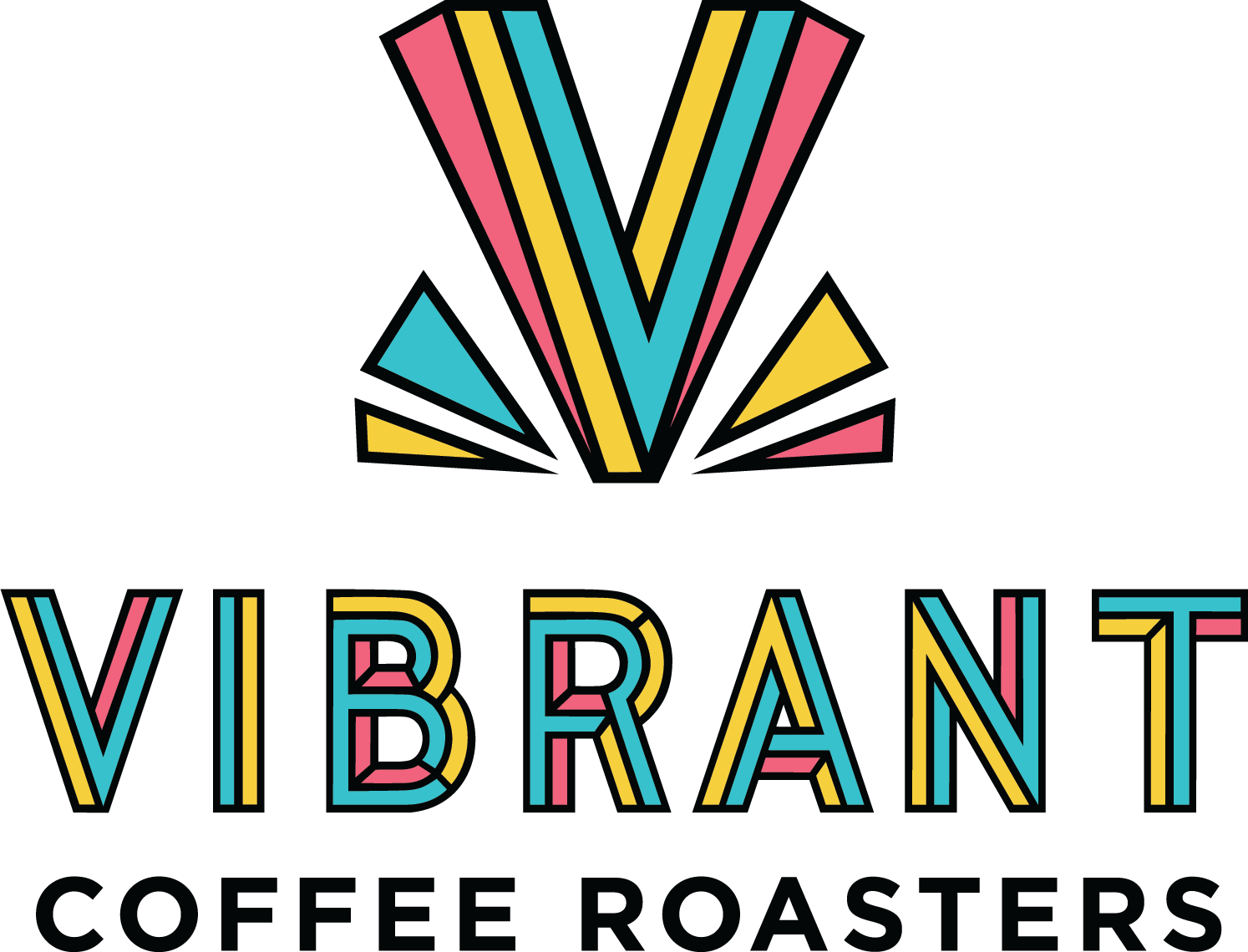Kona, Jamaica Blue Mountain, and Kopi Luwak
Here we are with yet another can of worms - why don’t we offer any of these famous coffees?
Let’s start with Kopi Luwak. This is Southeast Asian coffee that is brewed from beans that were inside coffee cherries that get eaten by a civet (a small mammal, somewhat like a cat or otter) and then passed through its digestive tract. Going through the digestive tract gives a unique kind of fermentation to this coffee. People often describe the flavor profile as being earthy/musty with notes of chocolate and caramel. Due to the unique processing method, this coffee is incredibly expensive. There are some major animal welfare issues with the production of this coffee as many civets are force-fed coffee cherries and kept in appalling conditions in cages. In addition to simply not seeing anything special in the flavor of these coffees, particularly for how much they cost, the animal welfare issues cannot be ignored. For all of these reasons, we do not offer Kopi Luwak coffee.
Kona. This is coffee grown in the North & South Kona Districts on the Big Island (Hawaii), Hawaii. Here, the coffee trees thrive growing in volcanic soil. While the soil and climate are good for growing coffee, all of this coffee is grown at relatively low elevation, not even 1,000 meters above sea level. To put that in perspective, most of our coffees are grown at more than 1,500 meters above sea level, and some even above 2,000 meters. High altitude isn’t an absolute requirement for excellent flavor but it typically helps. Really what is important is a large temperature difference between daytime and nighttime to slow down the maturation of the coffee cherries, which allows more complex (fruity/floral) and intense flavors to develop. To generalize, good Kona coffees tend to be pretty mild and smooth, though of course there are exceptions to this, particularly when interesting varieties and/or processing techniques are used. For example, a natural process Maragogype coffee grown in Kona could have an extremely interesting flavor profile.
So why is Kona so synonymous with excellent and expensive coffee? Limited supply, and marketing. A few decades ago, when specialty coffee was still in its infancy, Kona was actually some of the very best coffee that money could buy in the western world. Being first to market gave it a huge advantage in terms of public perception, and the marketing machine has kept pushing the idea that this is the finest coffee in the world (they tell you all the same lies as many producers worldwide tell you, like that peaberry coffee is the best because all of the flavor that would normally go into two beans goes into one single bean). This, and the fact that labor costs are much, much higher in Hawaii than they are in many coffee-producing countries is why the coffee costs so much. Now, the reality is that most coffee is dramatically underpriced, so in fact Kona is actually more appropriately priced than a lot of specialty coffee. It is just a major hurdle when trying to sell Kona as equal or better quality coffee is available for much cheaper from other origins.
So finally, Jamaica Blue Mountain (JBM) coffee. This is 100% Typica coffee grown on the Blue Mountains in Jamaica. It’s very similar to Kona coffee in many ways (grown in rich soil, good climate, limited supply, early to market, expensive, mild and smooth flavor profile); however, it is grown at higher elevation, between 910 meters above sea level and 1,700 meters above sea level. Broadly speaking, this means that JBM coffees have a bit more nuance, complexity, and intensity of flavor compared to Kona coffees. That said, we still find coffee from many other origins to have even more nuance, complexity, and intensity of flavor, so it is difficult to justify the price of this coffee.

